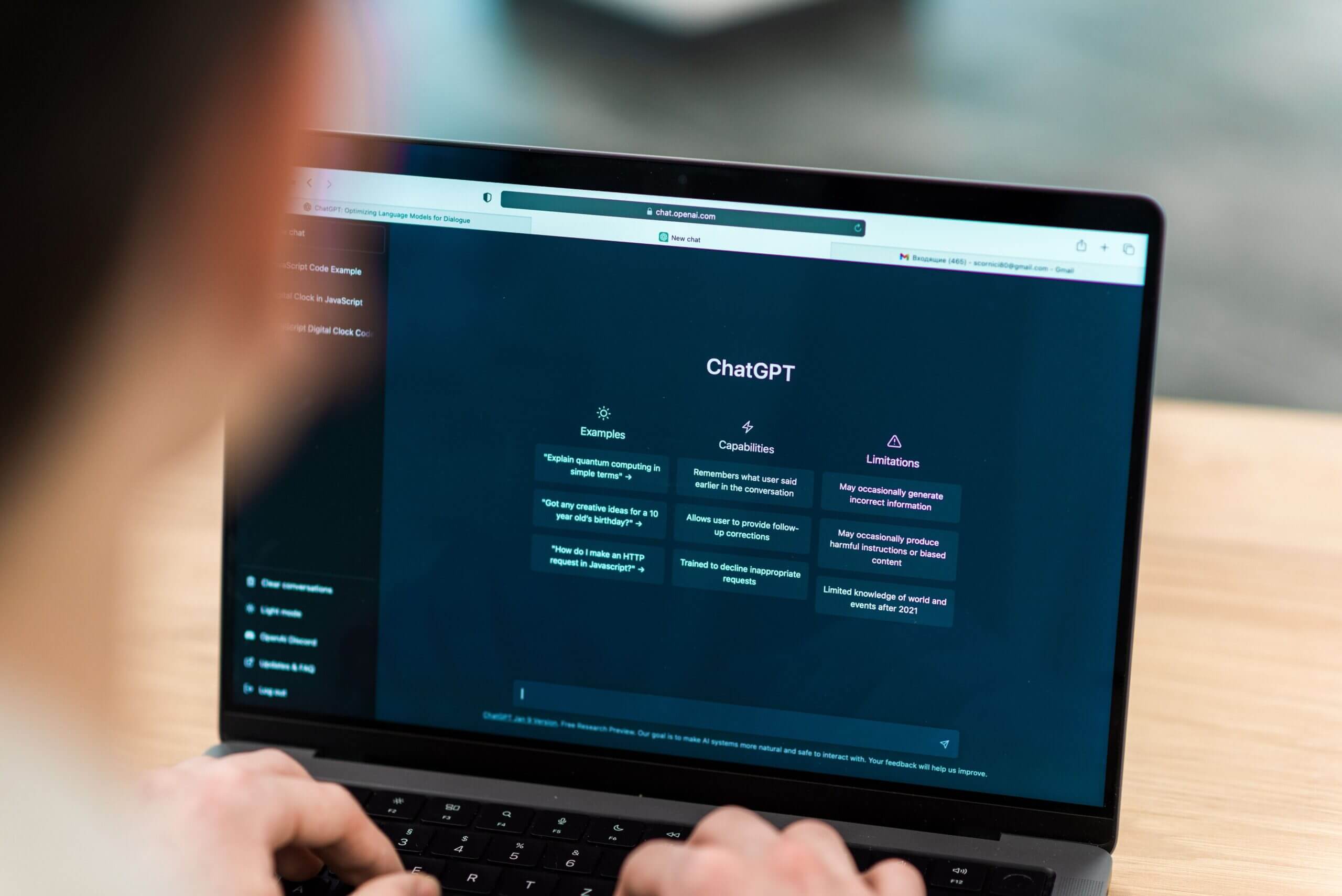A Guide to Social Media ChatGPT Prompts

Are you tired of struggling to come up with fresh and engaging content for your social media channels? Do you find yourself spending hours analyzing social media metrics and researching your competitors? Look no further than OpenAI’s ChatGPT!
With its advanced natural language processing abilities, ChatGPT can be your secret recipe for success in social media marketing. ChatGPT is a great tool in your toolbox if you need assistance with writing captivating social media posts or persuasive ad text.
Social media branding has become an essential part of our daily lives, allowing us to connect and interact with people from all over the world. With the rise of platforms such as Facebook, Twitter, Instagram, TikTok, and more, social media has transformed the way we communicate, share information, and consume media.
As social media platforms have grown in popularity, they have also evolved to include chat features. Chatting on social media is a great way to stay connected with friends and family, and to engage with new people with similar interests. However, it can be challenging to know how to navigate these conversations effectively.
What Exactly is ChatGPT?
Using OpenAI’s GPT-3.5 architecture as its foundation, ChatGPT is an AI-powered chatbot. It uses natural language processing and machine learning algorithms to understand and respond to users’ inquiries, comments, and requests in a conversational manner.
ChatGPT can help users with various tasks such as answering questions, generating text, providing recommendations, and even engaging in small talk. It can be integrated into various platforms such as websites, messaging apps, and social media platforms to improve user engagement and satisfaction.
How can ChatGPT Help Social Media Managers?
Social media managers can use ChatGPT to their advantage in a variety of ways.
- ChatGPT can assist you in completing your tasks quickly, whether you need to create a tweet, a LinkedIn post, or an Instagram caption.
- while also enhancing the caliber of your written work.
- ChatGPT can be useful if you’re seeking new concepts, improved methods to convey your ideas, or you just need a place to start, like an outline.
Here’s a guide to creating social media ChatGPT prompts that will help you to engage your audience and increase your online presence.
Identify Your Audience
The first step in creating social media ChatGPT prompts is to identify your audience. Who are you trying to reach? What are their interests and needs? What type of content do they enjoy engaging with? Once you have a clear understanding of your audience, you can tailor your prompts to their interests and needs.
Choose Your Platform
The next step is to choose the social media platform where you will be posting your prompts. Different platforms have different types of content that perform well, so it’s important to choose the right platform for your prompts. For example, Instagram is a visual platform, so prompts that include images or videos tend to perform well. Twitter is a text-based platform, so prompts that are short and to the point tend to perform best.
Keep it Short and Sweet
When creating social media ChatGPT prompts, it’s important to keep them short and to the point. Social media users have short attention spans, so you need to grab their attention quickly. Try to keep your prompts under 100 characters, or no more than two short sentences. This will help to ensure that your prompts are easy to read and understand.
Use Emojis and Hashtags
Emojis and hashtags can help to make your social media ChatGPT prompts more engaging and shareable. Emojis can help to convey emotion and add personality to your prompts, while hashtags can help to increase the visibility of your content. Just be careful not to overuse them – too many emojis or hashtags can make your prompts look cluttered and unprofessional.
Encourage Engagement
The whole point of social media ChatGPT prompts is to engage your audience, so it’s important to encourage them to participate. Ask open-ended questions, encourage feedback and comments, and offer incentives for engagement, such as a chance to win a prize or be featured on your social media page.
Be Consistent
Consistency is key when it comes to social media ChatGPT prompts. Your audience needs to know what to expect from your content, so try to post your prompts at the same time and on the same days each week. This will help to build trust and loyalty with your audience and increase the likelihood of engagement.
Track Your Metrics
Finally, it’s important to track your metrics to see how your social media ChatGPT prompts are performing. Use tools like Google Analytics or social media analytics to track engagement rates, clicks, and shares. This will help you to see what’s working and what’s not and make adjustments to your prompts accordingly.
Editing is Important
Anything that ChatGPT creates must be edited and rewritten. The text it produces will “almost” sound as though a real living person authored it, but it will lack your touch and style, which is necessary to personalize it and prevent it from becoming spam or corny.
Summing Up
ChatGPT is a remarkable innovation that can revolutionize the way you interact with the internet. With its vast database and advanced AI technology, it provides accurate and informative responses to a variety of questions. Its speed and convenience make it a valuable tool for any online user, and its easy integration into chatbots and other conversational AI services is a significant advantage for businesses looking to increase efficiency and customer satisfaction.









